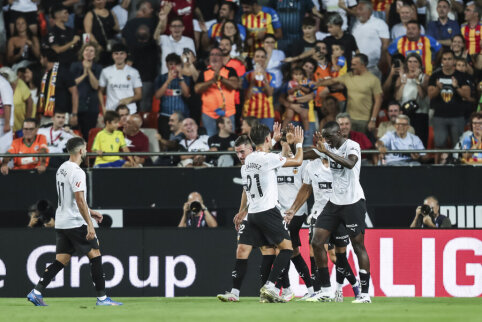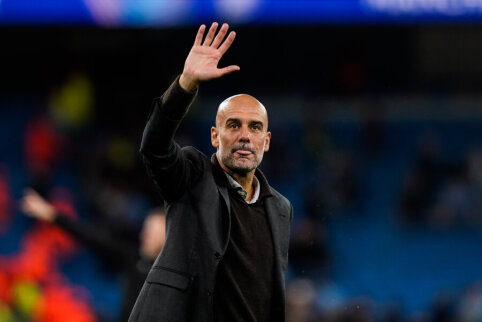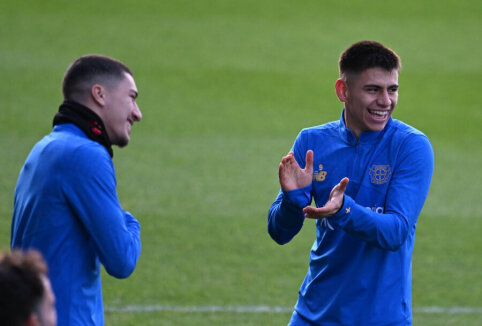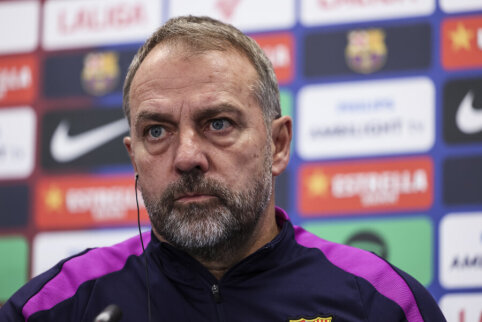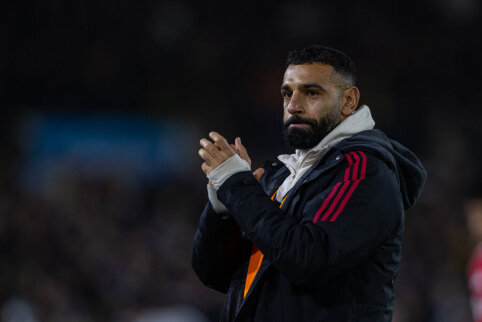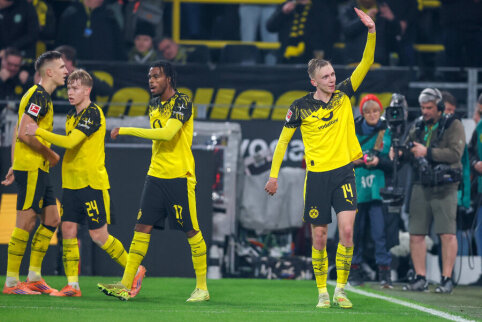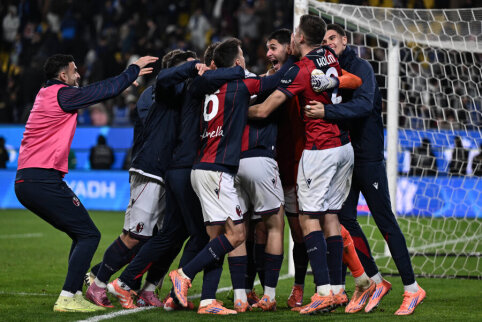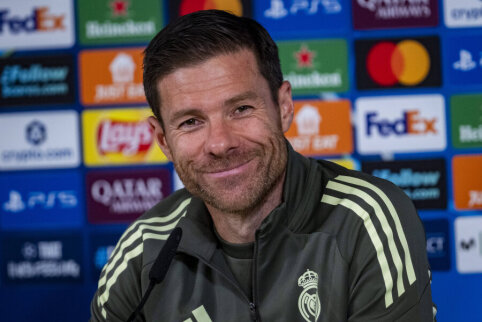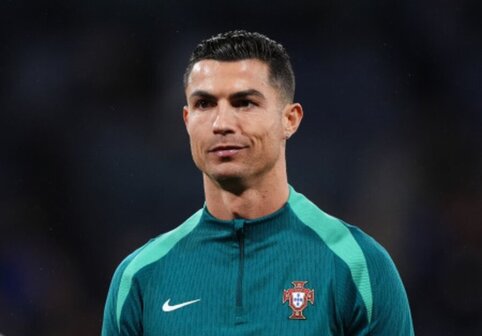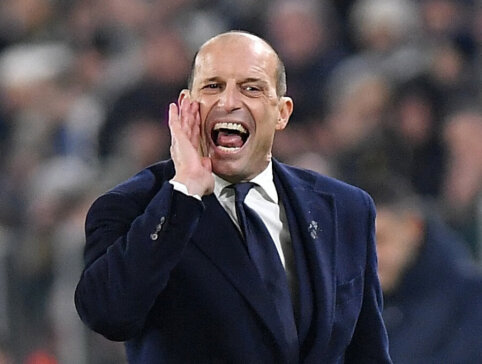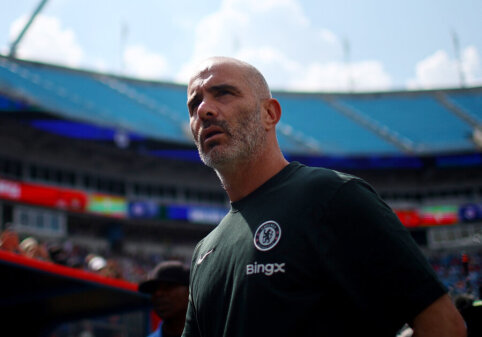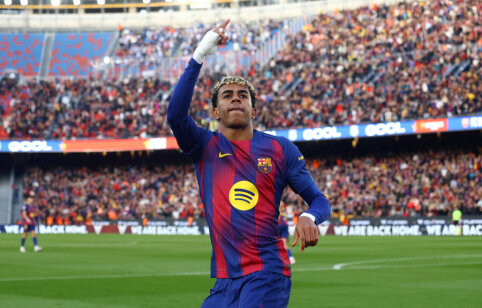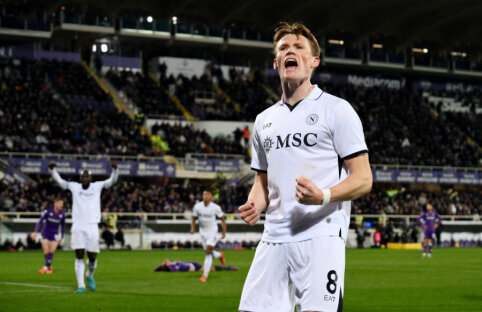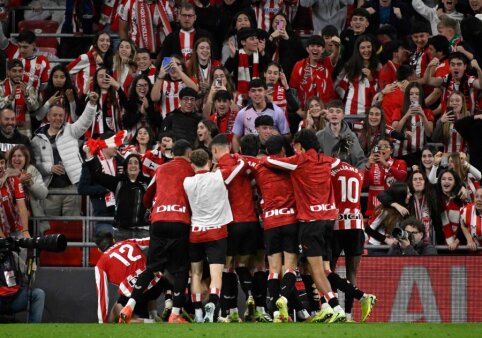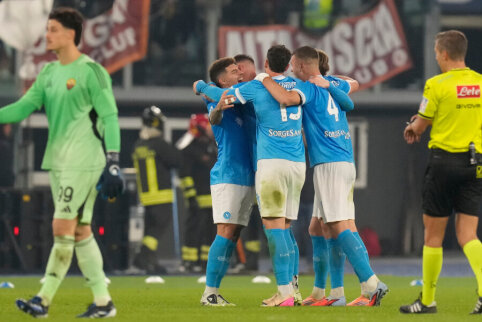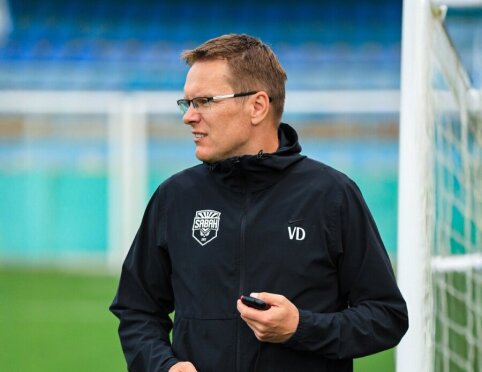 © EuroFootball.com
© EuroFootball.com
After the 20th Baltic Cup matches, which brought success to the Lithuanian national football team, the Lithuanian and Latvian football federations unanimously plunged into the search for the authentic Baltic Cup.
The Lithuanian and Latvian football federations address all people who may have seen or heard of the authentic Baltic Cup.
According to Julius Kvedaras, the general director of the Lithuanian Football Federation, the LFF and the president of the Latvian Federation, Janis Mežeckis, are ready to make every effort to produce a new Baltic Cup. However, the goal is for it to be identical to the missing cup. The federations will jointly address the Russian Federation, perhaps it will help or provide valuable information. So far, only the shape of the cup is known from photographs - footballers holding a football on their shoulders, but neither the size nor the weight of the cup is known.
If you have any information about this cup, please kindly inform the Lithuanian Football Federation at tel. +370 52638736 or email: [email protected] Maybe the 21st Baltic Cup tournament will once again have the real cup?
Short history of the Baltic Cup: (based on Algirdas Klimkevičius, "Lietuvos aidas" 1996-06-14, Nr.116, p.3)
The first tournament between Baltic countries' football teams took place in 1928. Before World War II, the Baltic Cup tournament was held annually, but later all three Baltic countries decided to hold the tournament every 2 years.
On June 15, 1940, when the "liberating army" entered Lithuania, the destruction of the unique physical education and sports system created in the years of freedom began: sports organizations, clubs, competition systems, etc. Within the 1200 branches of "Jaunoji Lietuva," which united about 40,000 young people, the association had over 80 football teams.
Uniforms with emblems and badges created during the period of free Lithuania were prohibited. "Sports organization leaders are ordered to strictly monitor compliance with this warning, and those who do not comply must be registered and the lists submitted to the House of Physical Culture," signed V. Petronis. Surveillance, monitoring, complaints, and the creation of lists of "enemies of the people" began.
The cup was dealt with "appropriately." In an article titled "The Baltic Cup will be sent to Moscow" in the "Raudonasis Sportas" on September 10, 1940, it was written: "At the time of the Pabaltija tournament in Riga, a conference of sports representatives from Soviet Lithuania, Latvia, and Estonia took place. At this conference, it was decided not to compete for the established Baltic football cup but to hand over this cup to the USSR Central Committee of Physical Culture and Sports, which will deal with this cup as appropriate."
It was decided to establish a new cup for the Pabaltija SSR football tournament. For this purpose, the conference obliged the leaderships of all three Pabaltija SSRs to prepare a new project for this cup by January 1, 1941 (the Baltic Cup was made of silver - weighing about 700 grams - according to the design of Latvian artist A. Švetzevics).
Algirdas Klimkevičius writes in his article: "I remember 1962. On official business, I visited the Soviet Football Federation in Moscow. An employee of the federation invited me to the lobby and showed in one of the trophy-filled glass cases: 'Here is your cup, admire it.' Now I don't know if it was the Baltic Cup or some other sports cup from Lithuania...".
